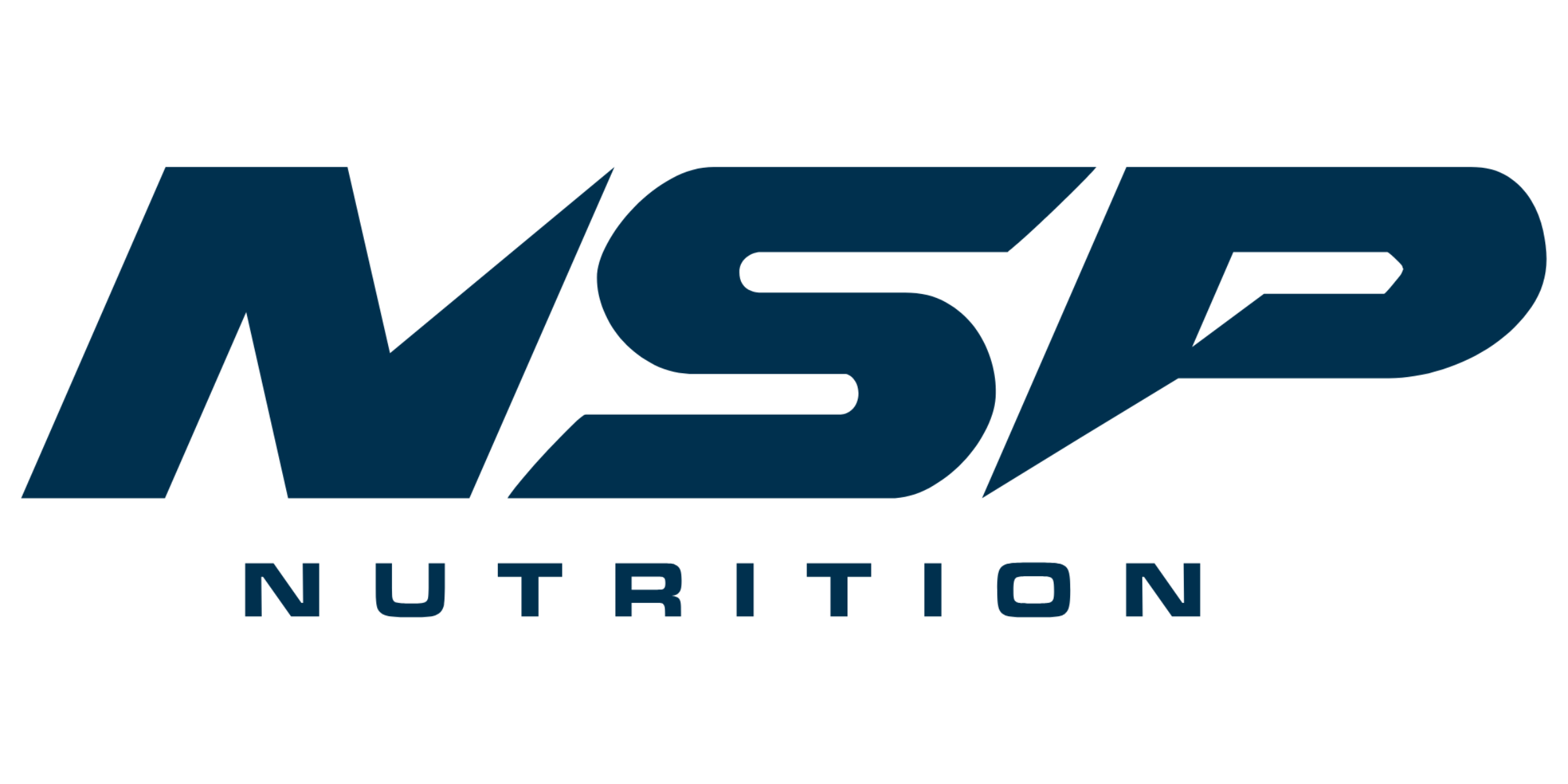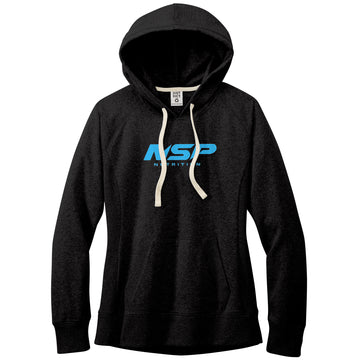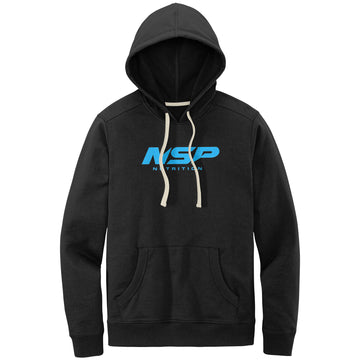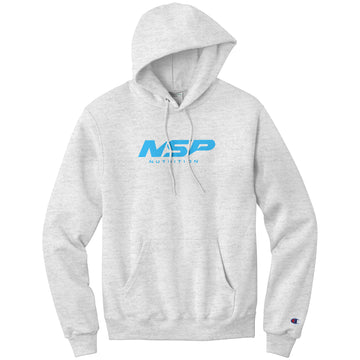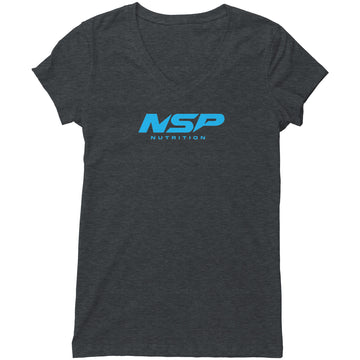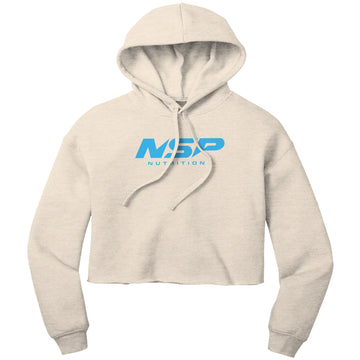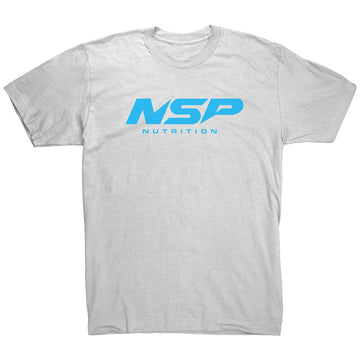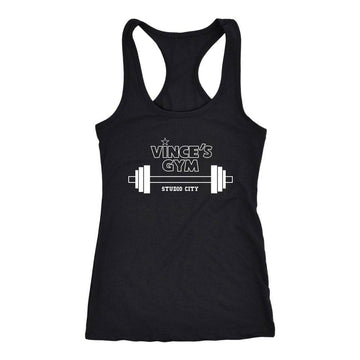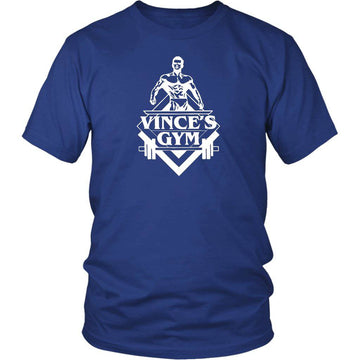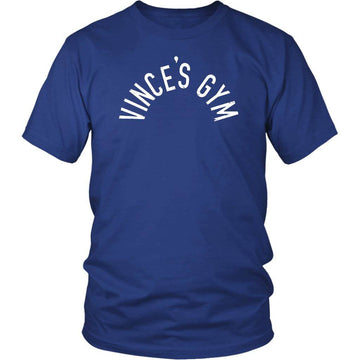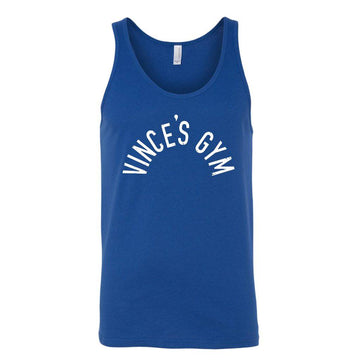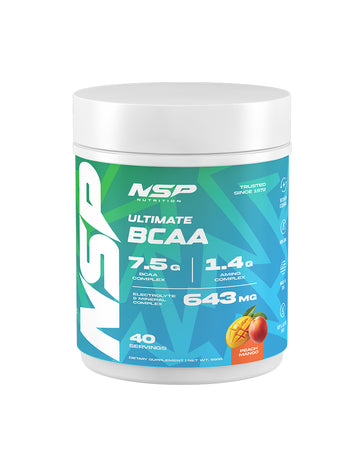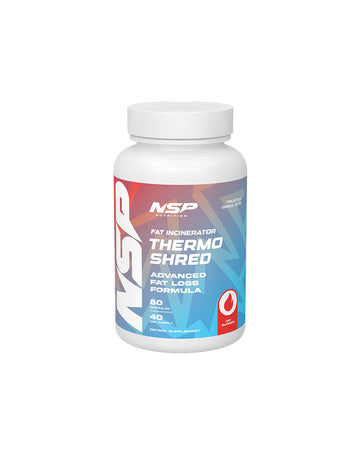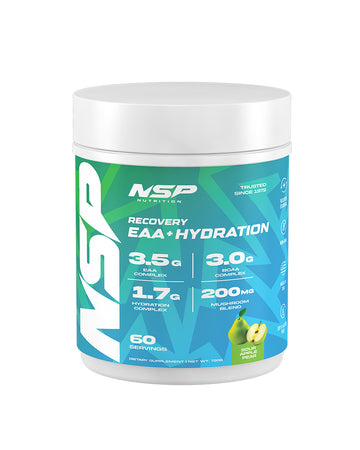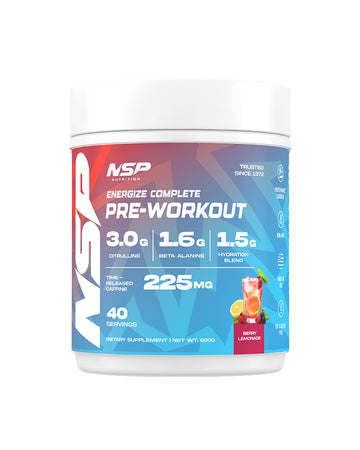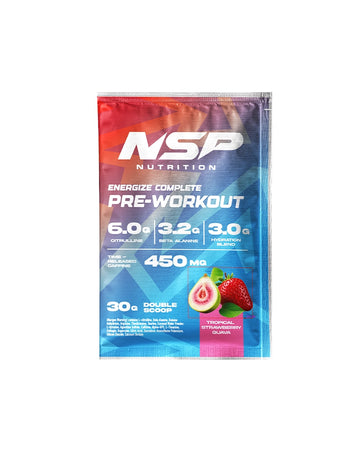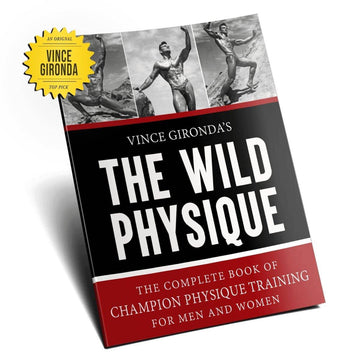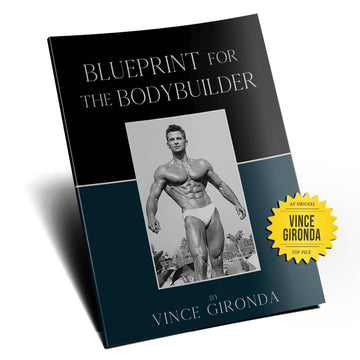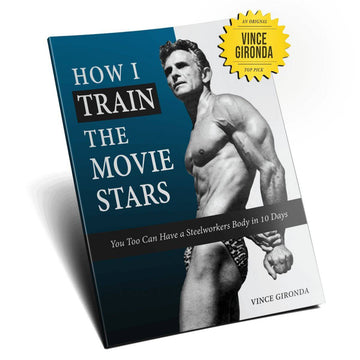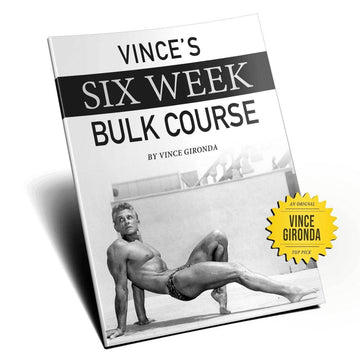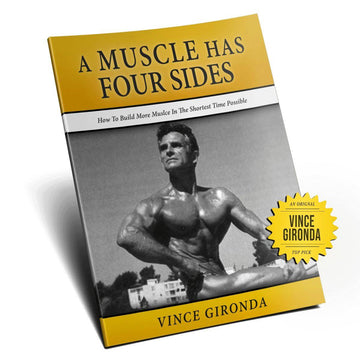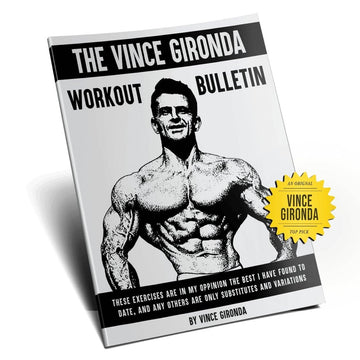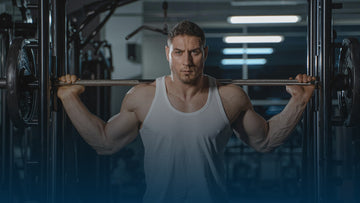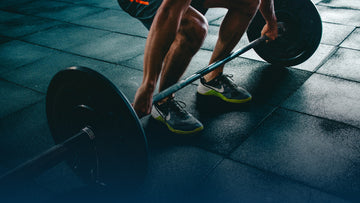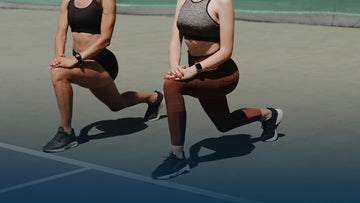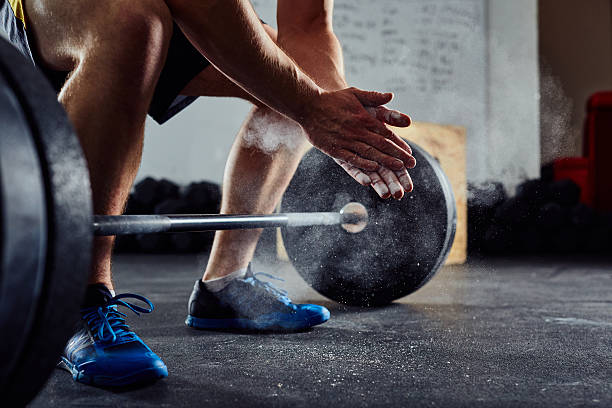
The sumo vs conventional deadlift debate.
In our last blog post, we discussed deadlifts, including several different variations.
Keeping up with our promise, today we’ll compare two of the most well-known styles -
The sumo deadlift and the conventional deadlift.
There has been a lot of debate among powerlifters over which is the most effective form for lifting more weight, especially during competitions.
We’re going to do what we do best...
Provide you with all the facts so you can decide which type of deadlift is best for your bodybuilding journey.
The Sumo Deadlift
The sumo deadlift is a technique many powerlifters use.
It involves a much wider stance, similar to how sumo wrestlers stand at the beginning of a wrestling match.
This technique was first developed by Hideki Inaba, a retired Japanese powerlifter.
As a short man, Inaba had to compensate for his shorter arms.
Shorter arms are a disadvantage for deadlifting because you are more likely to have a harder time maintaining a neutral spine position while lifting.
This is because you need to bend deeper to get to the bar, making you round your back in the process.
Inaba was able to salvage this by using a wider stance that he implemented from the sumo wrestlers in his home country.
Another issue with rounding your back because of shorter arms is that it increases the pressure in your lower back, which can cause disc herniation in your lower back (L5-S1).
Sumo can help people with shorter arms avoid this problem.
This is because it decreases the pressure/forces that would be acting on your spine if you were lifting conventionally with shorter arms.

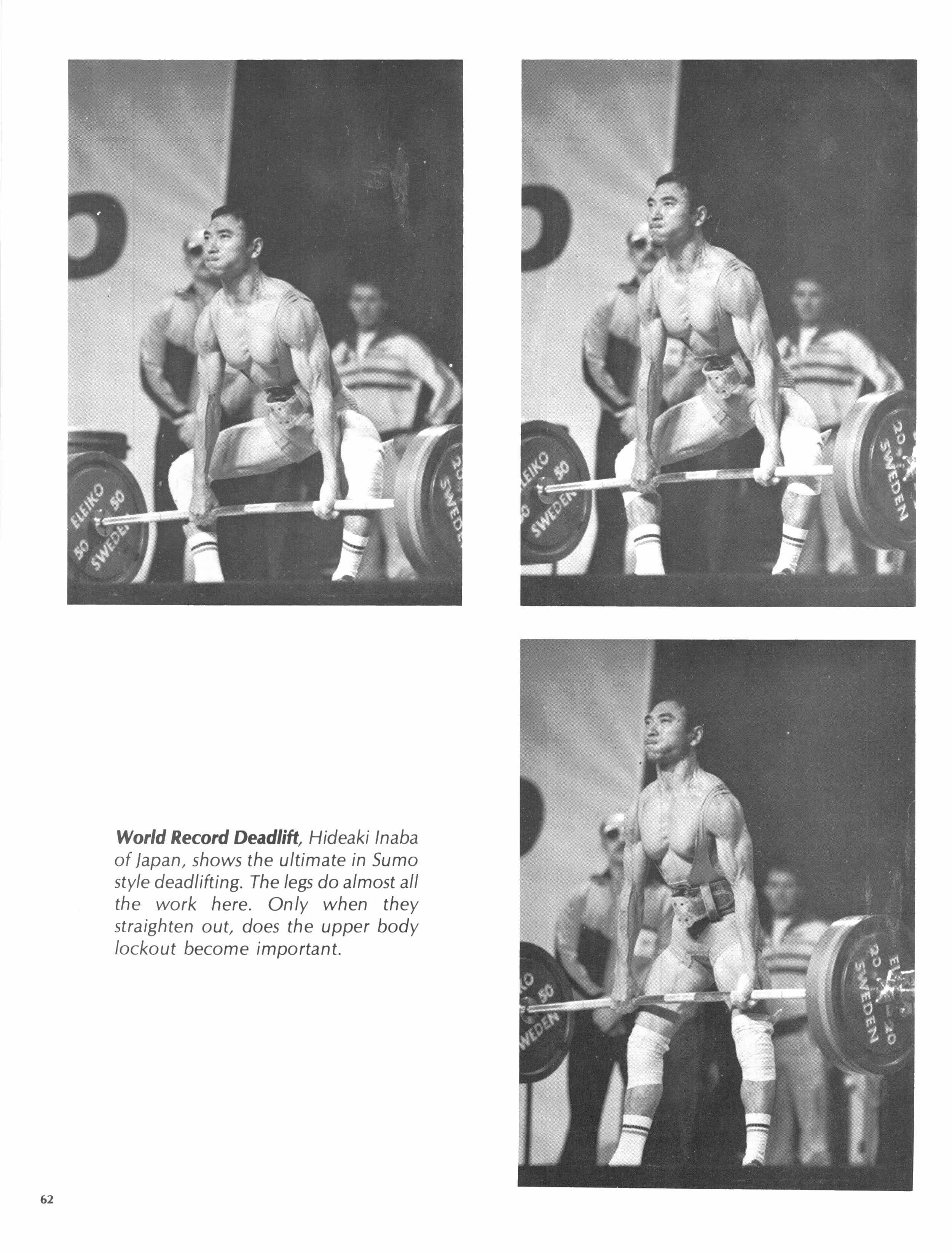
Shorter arms are a disadvantage for deadlifting because you are more likely to have a harder time maintaining a neutral spine position while lifting.
This is because you need to bend deeper to get to the bar, making you round your back in the process.
The problem with your back rounding during a deadlift is that it makes you engage your back muscles as opposed to your glutes and hamstrings.
Another issue with rounding your back because of shorter arms is that it increases the pressure in your lower back, which can cause disc herniation in your lower back (L5-S1).
Sumo can help people with shorter arms avoid this problem.
This is because its technique uses more mobility, and decreases the pressure/forces that would be acting on your spine if you were lifting conventionally with shorter arms.
It also helps train your hamstrings, glutes, adductors, back, core, and quads by placing the excess forces on them instead of your spine.
How To Perform A Sumo Deadlift
- Begin by standing in front of the barbell with a wide stance, toes pointing out before holding the bar.
- Make sure your elbows are inside your knees with your hands on the bar inside of your feet
- Push your knees wide and out until you feel your outer hip muscles and activate your glutes until you feel a tight sensation in them.
- Make contact with the bar and plant your feet to the floor but do not lift the bar right away yet.
- Make sure you keep your back flat as you get ready to lift.
- Drive your feet into the ground and stand up. Make sure you keep your chest high and your hips low.
- Then, pull the bar up your legs as high as you can.
- Lock out your knees and hips at by squeezing your glutes.
- Lower the bar by reversing the movement, making sure to keep the bar close to your body.
Benefits of this Exercise
- Less tension placed on your lower back
This is due to the fact that it decreases the number of shear forces acting on the spine, that are known to cause and increase the risk of spinal injury.
But what are shear forces really?
Shear forces are a pair of forces that act in a parallel fashion, perpendicular to a surface or structure.
In a deadlift, these forces are forces that act parallel with the surface (the vertebral discs of the spine). Shear forces can occur when the barbell is not symmetrical to the spine.
Shear forces increase risk of disc herniation occuring.
Disc herniations are bulges or ruptures of the discs of the vertebra that can apply pressure on nerve roots which can cause those affected a great deal of pain and discomfort as well as strain of the tissues that support the spine.
When this happens the erectors fail to maintain position and the core is no longer braced in a neutral position.
'Research suggests that the shear forces experienced in the low back (L4/L5) decreased by 8% for the sumo deadlift compared to the conventional deadlift. The reason for this is that with the sumo deadlift the torso will be in a more upright position throughout the lift, while the conventional deadlift will have a more inclined torso'.[1] [2]
- Strengthens your quads
By including sumo deadlifts you can work your quads even more. The degree of quad involvement during a deadlift depends on the level of ankle mobility and dorsifexion at the beginning of the lift.
Sumo involves more mobility and as a so your quads can get a lot more action when you use this deadlift.
- Good If You Have Shorter Arms

If you drew the short straw on arm length, you can still use sumo to deadlift.
The progenitor of this technique, Inaba was on the short side himself...
And he still went on to become a powerlifting legend.
Is Sumo Deadlift Cheating?

This is something that a lot of lifters who prefer convectional lifting say a lot.
Their argument is that less mechanical work is done lifting the bar over a shorter distance with sumo.
The fact is that sumo was born of innovation and Vince himself was very much an innovator himself.
As for cheating, bear in mind that sumo and conventional are better suited for different body types.
People with longer arms prefer the convectional deadlift because they can lift the bar off the ground without rounding their backs.
But people with shorter arms will prefer the sumo deadlift because it allows them to lift larger weights while maintaining a strong back position,
So each technique has its advantage over the other for a specific body type.
Conventional Deadlifts
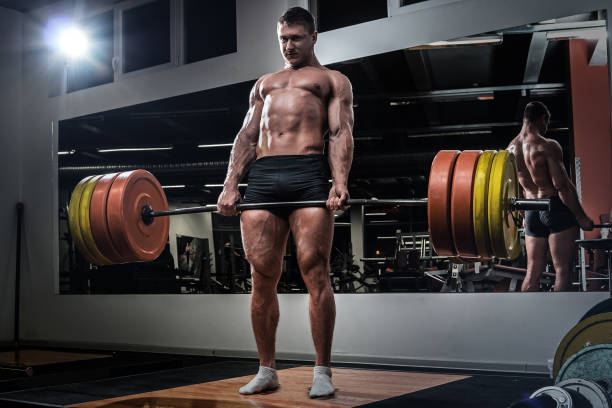
The conventional deadlift is popular and what you see performed in most gyms.
Proper form is crucial in order to prevent injury.
Remember; the deadlift is a complex exercise, but all you have to do is follow and practice these steps and you’ll be set in no time.
How To Do a Conventional Deadlift
- Approach and stand over the bar so it’s over the middle of your foot
- Without bending your shins, bend down and grab the barbell. Do NOT raise the barbell yet.
- Bend your knees so your shins make contact with the bar
- Lower your hips and lift your chest until your back is straight
- Pull your shoulders down towards your hips
- Push your knees out so your knee touch the insides of your elbows
- Start the lift by driving your feet into the floor and standing up
- Make sure you keep your shoulders over the bar and maintain a straight spine
- Drag the barbell up your thighs until you are in an upright position. Hold end position for 1-2 seconds
- Push your hips back and drop the barbell to the floor
Sumo vs Conventional Deadlift: The Final Verdict
A lot of people might consider sumo as ‘cheating’ but here are the facts…
Each technique suits different people with different needs, and structures, but either way, they BOTH work.
So if you’re looking to focus on your quads, or are on the short side... you can take a page from loads of powerlifters and practice your sumo.
If you’re more on the casual side and don’t have any injuries or problems with your lower back, go for conventional.
Also remember you can switch up any of these techniques whenever you feel like it, and still get results.
Variety, after all, is the spice of life, and this applies to the gym as well.
REFERENCES
- Amanda Parker, 2021, Is Sumo Deadlift Easier On Your Low Back? (Science-Backed), Powerliftingtechnique.com.
- Cholewicki, J., McGill, S. M., & Norman, R. W. (1991). Lumbar spine loads during the lifting of extremely heavy weights. Medicine and science in sports and exercise, 23(10), 1179-1186.
